Common Cyber Threats to the Gaming Industry
The gaming industry has exploded in popularity over the past few decades, becoming a billion-dollar ecosystem that encompasses everything from indie developers to massive multinational corporations. However, with this rapid growth comes a slew of cyber threats that can jeopardize the safety of developers, players, and the overall gaming experience. Just like a thrilling game that keeps you on the edge of your seat, the digital landscape is filled with unexpected twists and turns, especially when it comes to security. In this article, we’ll dive deep into the most common cyber threats facing the gaming industry today, examining their impact and offering insights on how to prevent and mitigate these risks.
Imagine logging into your favorite game, only to find that your account has been compromised, your hard-earned virtual assets stolen, or worse, the game servers are down due to a malicious attack. These scenarios are not just figments of imagination; they are real threats that can disrupt the gaming experience for millions. Understanding these threats is crucial for everyone involved in the gaming ecosystem, from developers to casual players. So, let’s explore some of the most prevalent cyber threats and how they can impact the gaming world.
Phishing attacks have become increasingly sophisticated, targeting gamers through deceptive emails or messages that appear to be from legitimate sources. These scams often trick players into revealing personal information, such as usernames, passwords, or even credit card details. The allure of a free in-game item or a special offer can be enticing, but it’s essential to recognize these traps. Players must be vigilant and learn to identify the signs of phishing attempts, such as poor grammar, suspicious links, and urgent calls to action.
Distributed Denial of Service (DDoS) attacks are another significant threat to the gaming industry. These attacks overwhelm gaming servers with an influx of traffic, effectively shutting them down and causing disruptions for players. Imagine gearing up for an epic gaming session, only to be met with lag or, worse, a complete server outage. DDoS attacks can lead to a frustrating gaming experience, impacting player retention and overall satisfaction.
Understanding the motivations behind DDoS attacks can help developers and players better prepare for them. Some common motives include:
- Competitive Advantage: Rival players or teams may launch DDoS attacks to gain an edge in competitive gaming.
- Extortion: Attackers may demand a ransom to stop the attack, threatening to keep servers down until payment is made.
- Revenge: Personal vendettas against developers or players can also drive individuals to launch these disruptive attacks.
The impact of DDoS attacks on player experience is profound. Players may experience lag, disconnections, or even complete server shutdowns, leading to frustration and loss of engagement. This not only affects individual players but can also have a ripple effect on the gaming community as a whole. When players feel that their gaming experience is compromised, they may abandon games altogether, leading to decreased player bases and revenue for developers.
To combat the threat of DDoS attacks, game developers must implement robust security measures. Some effective strategies include:
- Traffic Filtering: Use advanced filtering techniques to identify and block malicious traffic before it reaches the servers.
- Load Balancing: Distributing traffic across multiple servers can help absorb the impact of an attack.
- Cloud-Based DDoS Protection: Utilizing third-party services that specialize in DDoS mitigation can provide an additional layer of security.
Ransomware is another significant risk to gaming companies. This malicious software encrypts critical data and demands payment for its release, putting developers in a precarious position. The growing prevalence of ransomware in the industry highlights the need for comprehensive security measures to protect sensitive data and ensure business continuity.
Account takeovers occur when hackers gain unauthorized access to player accounts, leading to the theft of virtual assets and personal information. This not only affects individual players but can also tarnish the reputation of gaming platforms. Players must take proactive steps to protect their accounts from such breaches.
Recognizing the signs of an account takeover is vital for players. Common indicators include:
- Unrecognized Login Activity: Alerts of logins from unfamiliar locations or devices.
- Changed Account Information: Notifications of changes to email addresses or passwords that the player did not initiate.
- Missing Virtual Assets: Noticing that in-game items or currency have disappeared without explanation.
To enhance account security and reduce the risk of takeovers, players should adopt strong passwords and enable two-factor authentication. Here are some practical tips:
- Create Complex Passwords: Use a mix of letters, numbers, and symbols.
- Regularly Update Passwords: Change passwords periodically to minimize risks.
- Enable Two-Factor Authentication: This adds an extra layer of security by requiring a second form of verification.
Q: What is the most common cyber threat in the gaming industry?
A: Phishing attacks are among the most common threats, targeting players to steal personal information.
Q: How can I protect my gaming account from being hacked?
A: Use strong, unique passwords and enable two-factor authentication to enhance your account security.
Q: What should I do if I suspect my account has been compromised?
A: Change your password immediately, check for unauthorized activity, and contact customer support for assistance.
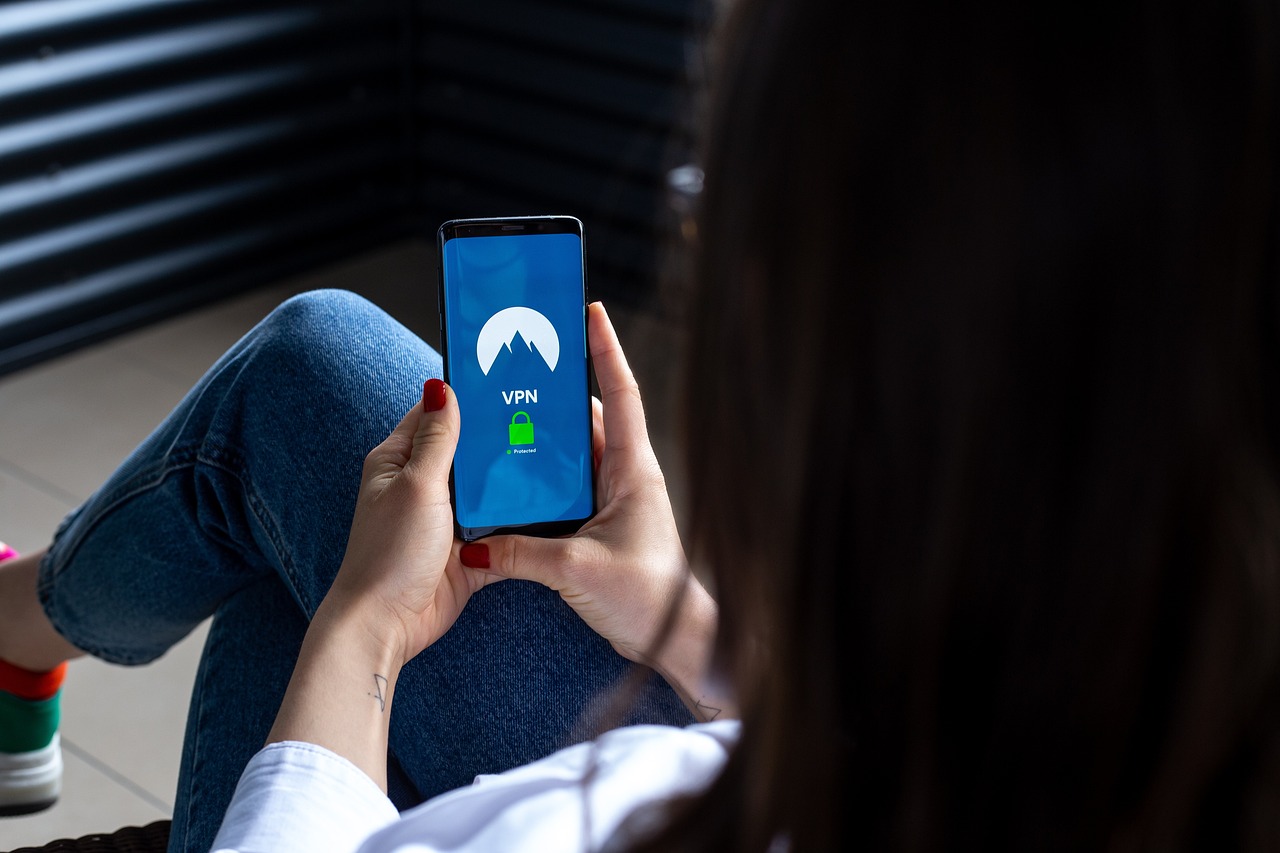
Phishing Attacks
Phishing attacks are like the wolves in sheep's clothing of the digital world, and unfortunately, the gaming industry is a prime target. These attacks typically involve deceptive emails, messages, or even fake websites designed to trick players into revealing their sensitive information. Imagine receiving a message that looks like it’s from your favorite game developer, promising exclusive in-game rewards if you just click a link and enter your account details. Sounds enticing, right? But that’s exactly how these cybercriminals lure unsuspecting gamers into their traps.
Understanding how to recognize these scams is crucial for safeguarding your accounts and personal data. Phishing attempts can take many forms, including:
- Email Phishing: Fake emails that appear to be from legitimate gaming companies.
- SMS Phishing: Text messages that encourage players to click on a link.
- Social Media Phishing: Posts or messages on social platforms that promote fake giveaways or contests.
It’s essential to remain vigilant and adopt a skeptical mindset when interacting with any unsolicited communications. Always check the sender's email address, look for spelling errors, and never click on links without verifying their authenticity. Remember, if something sounds too good to be true, it probably is!
Moreover, the consequences of falling victim to a phishing attack can be severe. Not only can players lose access to their accounts, but they may also suffer financial losses and identity theft. In a world where virtual assets hold real-world value, the stakes are incredibly high. Developers also face significant risks, as a successful phishing attack can lead to a loss of trust among their player base, damaging their reputation and bottom line.
To combat phishing attacks effectively, both players and developers must work together. Here are some strategies to enhance security:
- Player Education: Game developers should educate their players about the dangers of phishing through in-game notifications, blogs, and social media posts.
- Strong Verification Processes: Implementing additional verification steps for account access can deter unauthorized attempts.
- Reporting Mechanisms: Establishing easy ways for players to report suspected phishing attempts can help developers act quickly to mitigate risks.
In conclusion, phishing attacks pose a significant threat to the gaming industry, affecting both players and developers. By understanding the tactics used by cybercriminals and adopting proactive security measures, everyone in the gaming ecosystem can help create a safer environment. Stay alert, stay informed, and don’t let the wolves in!
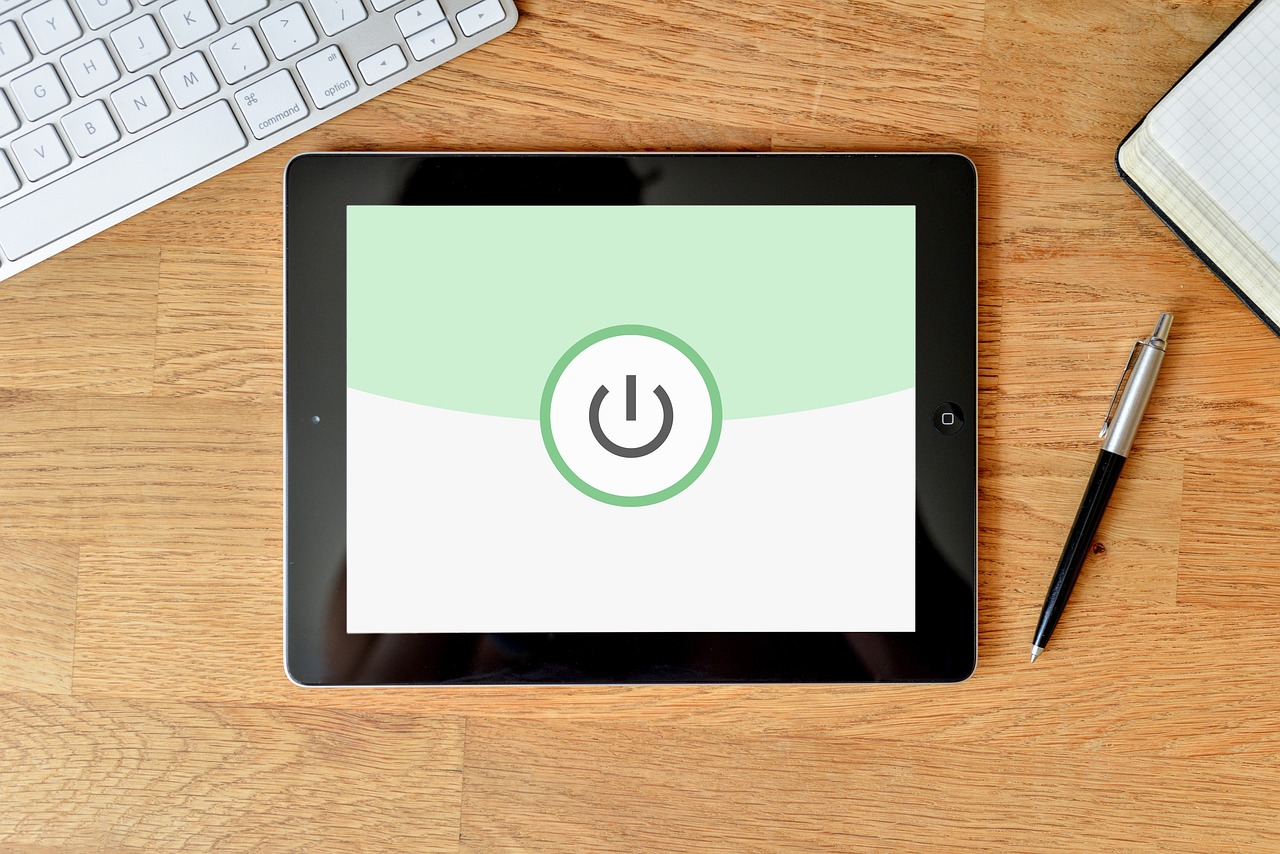
DDoS Attacks
Distributed Denial of Service (DDoS) attacks are like a digital avalanche, overwhelming gaming servers with an insurmountable wave of traffic. Imagine you're in the middle of an epic raid with your friends, and suddenly, the game lags or crashes. Frustrating, right? That's the impact of a DDoS attack. These attacks can disrupt gameplay, cause significant downtime, and lead to a loss of revenue for developers. The gaming industry, which thrives on smooth and uninterrupted experiences, is particularly vulnerable to such malicious activities.
At their core, DDoS attacks involve multiple compromised systems, often referred to as a botnet, which are used to flood a target server with traffic. This traffic can be so overwhelming that it effectively shuts down the server, rendering the game unplayable. It's not just the developers who suffer; players experience a drop in performance, which can lead to a loss of interest in the game. The consequences ripple throughout the entire gaming ecosystem, affecting not just the game itself, but also the community built around it.
To illustrate the gravity of the situation, let’s take a look at some statistics:
| Year | Number of DDoS Attacks | Average Duration (Hours) |
|---|---|---|
| 2020 | 7,000 | 3.5 |
| 2021 | 10,000 | 4.2 |
| 2022 | 12,500 | 5.0 |
As shown in the table, the number of DDoS attacks has been steadily increasing, with an alarming rise in their duration as well. This trend not only highlights the growing threat but also emphasizes the need for effective mitigation strategies.
So, what drives these attacks? The motivations can vary, from competitive advantage in online gaming to extortion attempts against game developers. Some attackers may want to disrupt a competitor's service, while others might demand a ransom to stop the barrage of traffic. Understanding these motivations can empower developers and players alike to recognize potential threats and take proactive measures.
The impact of DDoS attacks on player experience is profound. Imagine investing countless hours into leveling up your character, only to find yourself unable to log in due to server issues caused by an attack. This kind of disruption not only frustrates players but can also lead to a decline in user engagement and loyalty. When players feel that their experience is compromised, they may turn to other games, causing developers to lose their hard-earned audience.
Fortunately, there are several strategies that game developers can implement to mitigate the risk of DDoS attacks. Here are some effective measures:
- Traffic Analysis: Monitoring incoming traffic patterns can help identify anomalies that may indicate an impending attack.
- Rate Limiting: Implementing rate limiting can help control the amount of traffic that a server can handle, reducing the risk of overload.
- Redundant Systems: Utilizing redundant systems and load balancing can help distribute traffic evenly, minimizing the impact of an attack.
- Cloud-Based DDoS Protection: Many companies offer cloud-based protection services that can absorb and filter malicious traffic before it reaches the game servers.
By adopting these strategies, developers can create a more resilient gaming environment, ensuring that players can enjoy their experiences without interruption.

Motivations Behind DDoS Attacks
When it comes to the world of gaming, DDoS attacks can feel like a sudden storm, disrupting the fun and excitement that players expect. But what drives these malicious actions? Understanding the motivations behind DDoS attacks is crucial for both developers and gamers alike. These attacks are not merely random acts of vandalism; they are often fueled by specific goals and desires.
One primary motivation is the quest for competitive advantage. In the fiercely competitive gaming industry, some players or groups resort to DDoS attacks to disrupt their opponents' gameplay. Imagine a high-stakes tournament where one team feels they can’t win fair and square; they might resort to overwhelming the opposing team's servers, causing lag and crashes, thus giving them an unfair edge. This type of sabotage can have devastating effects on the integrity of the game and the community as a whole.
Another significant motivator is extortion. Cybercriminals may launch DDoS attacks against gaming companies, demanding a ransom to stop the attack. This is akin to a digital hostage situation, where the attackers threaten to keep the servers down unless their demands are met. For gaming companies, this can lead to not only financial losses but also a tarnished reputation, as players become frustrated with the outages and seek alternatives.
Additionally, some attackers are driven by a sense of anonymity and thrill. The dark allure of hacking can be enticing for some individuals, who may see DDoS attacks as a way to showcase their skills or gain notoriety within certain online communities. These individuals often underestimate the real-world consequences of their actions, viewing it as merely a game without considering the impact on players and developers.
Lastly, there are political and social motivations behind some DDoS attacks. Hacktivist groups may target gaming servers to protest against certain policies or practices within the industry. These attacks can serve as a form of digital activism, aiming to draw attention to issues they believe are important. However, the collateral damage often affects innocent players who just want to enjoy their gaming experience.
In summary, the motivations behind DDoS attacks are varied and complex. Understanding these factors is essential for the gaming community to devise effective strategies for prevention and mitigation. By recognizing the underlying reasons for these attacks, both developers and players can better prepare themselves and work towards a safer gaming environment.
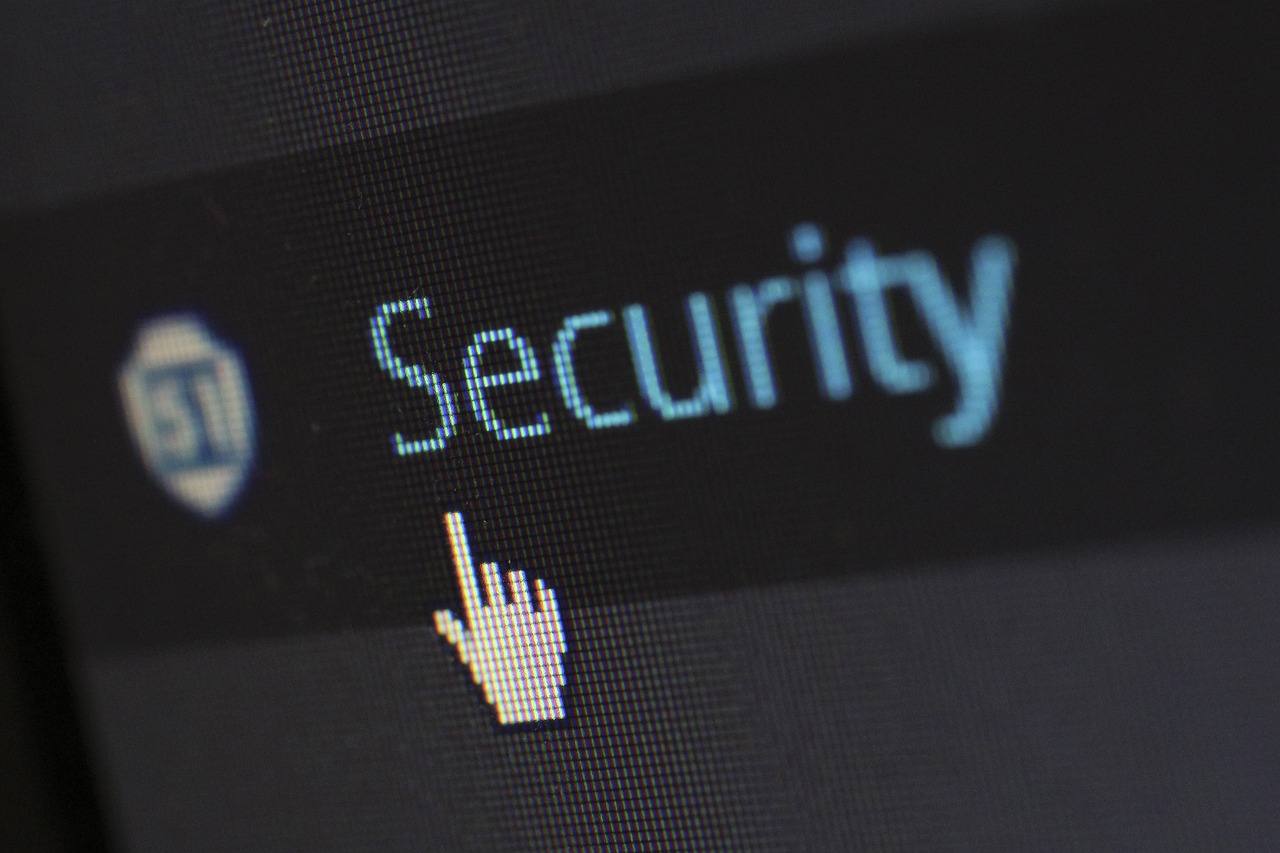
Impact on Player Experience
This article explores various cyber threats that pose risks to the gaming industry, examining their impact on developers, players, and the overall ecosystem while providing insights on prevention and mitigation strategies.
Phishing attacks target gamers through deceptive emails or messages, tricking them into revealing personal information. Understanding how to recognize these scams is crucial for safeguarding accounts and sensitive data.
Distributed Denial of Service (DDoS) attacks overwhelm gaming servers with traffic, causing disruptions. This section discusses how these attacks affect gameplay and the measures that can be taken to mitigate their impact.
Various motivations drive DDoS attacks, including competitive advantage and extortion. Understanding these motives can help developers and players recognize the threats and prepare accordingly.
When DDoS attacks occur, the impact on player experience can be profound and multifaceted. Imagine logging into your favorite game, excited to dive into a virtual world, only to be met with lag, disconnections, or, worse, an inability to connect at all. This disruption not only frustrates players but can also lead to a significant loss of engagement. Players invest time, effort, and sometimes money into their gaming experiences, and when that is jeopardized by malicious attacks, it can feel like a betrayal.
Moreover, the ripple effects of DDoS attacks extend beyond immediate gameplay interruptions. Players may lose interest in a game if they perceive it as unstable or unreliable. This can lead to a decrease in the player base, which is detrimental to the gaming community as a whole. In a competitive gaming landscape, where community interaction and multiplayer experiences are vital, such attacks can create a toxic environment filled with dissatisfaction and distrust.
To illustrate the impact more clearly, consider the following aspects:
- Frustration and Anger: Players often feel powerless when they are unable to play due to server issues. This frustration can lead to negative reviews and a tarnished reputation for the game.
- Loss of Progress: Frequent disconnections can result in lost game progress, which is particularly disheartening for players who have invested significant time into leveling up or completing challenges.
- Community Division: DDoS attacks can create rifts within communities, as players may blame each other or the developers for the disruptions, leading to a toxic atmosphere.
Ultimately, the impact of DDoS attacks on player experience is not just a technical issue; it’s a matter of emotional investment in a shared experience. Developers must recognize this and take proactive measures to safeguard their servers and maintain the integrity of the gaming experience.
Implementing robust security measures can help mitigate DDoS attacks. This section outlines effective strategies that game developers can deploy to safeguard their servers and maintain uninterrupted service.
Ransomware poses a significant risk to gaming companies by encrypting critical data and demanding payment for its release. This section highlights the growing prevalence of ransomware in the industry.
Account takeovers occur when hackers gain unauthorized access to player accounts, leading to theft of virtual assets. This section discusses how players can protect their accounts from such breaches.
Recognizing the signs of an account takeover is vital for players. This part outlines common indicators that may suggest unauthorized access and what steps to take if they occur.
Adopting strong passwords and enabling two-factor authentication are key preventative measures. This section provides practical tips for gamers to enhance their account security and reduce the risk of takeovers.
Q: What should I do if I suspect a DDoS attack on my game?
A: If you suspect a DDoS attack, report it to the game developers immediately. They can take measures to mitigate the attack and inform the player community.
Q: How can I protect my gaming account from being hacked?
A: Use strong, unique passwords, enable two-factor authentication, and be cautious of suspicious emails or messages asking for your information.
Q: Are DDoS attacks common in the gaming industry?
A: Yes, DDoS attacks have become increasingly common as gaming has grown in popularity, particularly during high-profile events or game launches.
Q: Can I prevent DDoS attacks as a player?
A: While players cannot directly prevent DDoS attacks, they can support developers in implementing security measures and remain vigilant about their own account security.
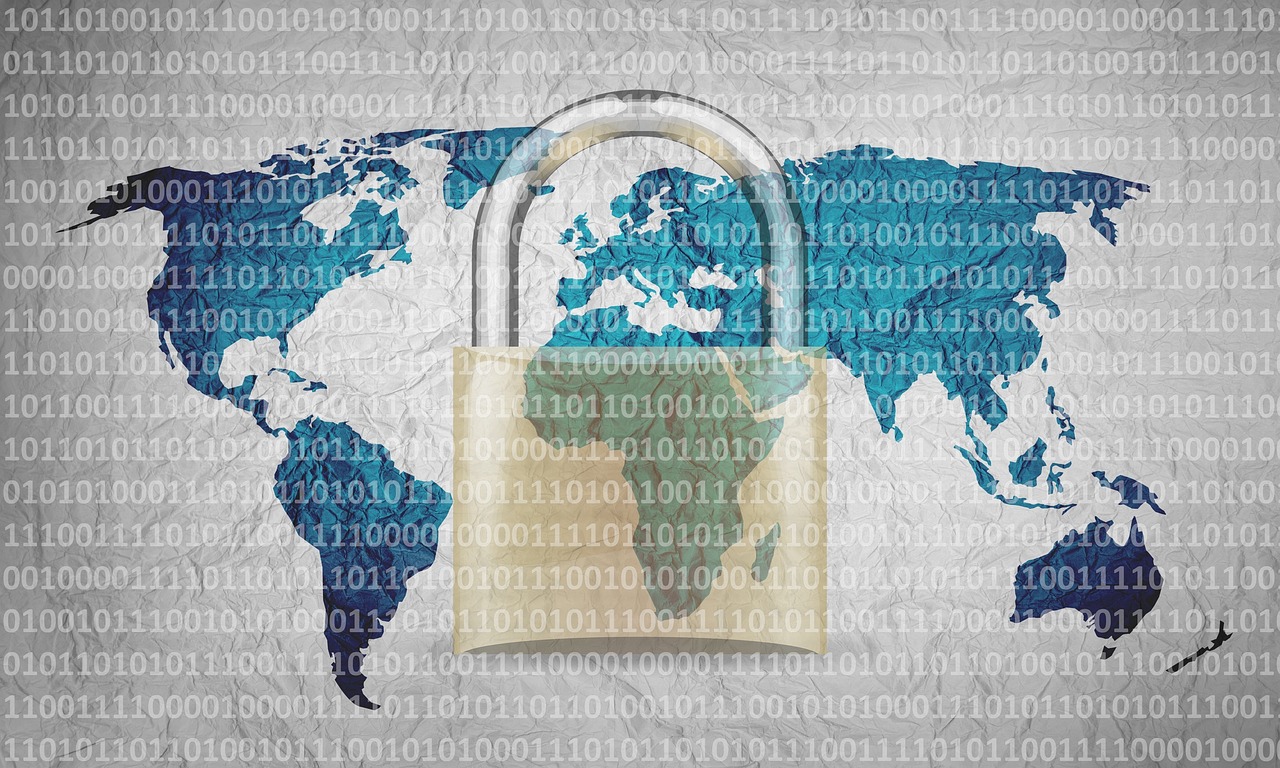
Mitigation Strategies
In the ever-evolving landscape of the gaming industry, mitigating DDoS attacks is not just a necessity; it's a vital part of maintaining a seamless gaming experience. Game developers and operators need to adopt a multi-layered approach to security that encompasses both proactive and reactive strategies. One of the first steps in this journey is to invest in robust infrastructure. High-quality servers with built-in redundancy can absorb traffic spikes and prevent outages. Think of it like building a fortress around your castle; the stronger the walls, the less likely it is that invaders can breach them.
Another significant strategy is the implementation of traffic filtering and rate limiting. By analyzing incoming traffic patterns, developers can distinguish between legitimate users and malicious traffic. This is akin to having a bouncer at a club who checks IDs and only allows genuine patrons inside. Tools such as Web Application Firewalls (WAFs) can be particularly effective in blocking suspicious requests before they reach the gaming servers.
Moreover, it’s crucial to establish a response plan for when an attack does occur. This plan should include a clear communication strategy to inform players about what’s happening and what steps are being taken to resolve the issue. Transparency can help maintain trust even in the face of adversity. Additionally, creating a dedicated incident response team that can act swiftly during an attack is essential. This team should be trained to handle various types of DDoS attacks, ensuring that they can adapt to different scenarios.
Finally, collaborating with cybersecurity experts and utilizing third-party DDoS protection services can enhance your defense mechanisms significantly. These services often come equipped with advanced technology that can detect and mitigate attacks in real-time. Think of them as having a specialized security team that’s always on alert, ready to respond at a moment’s notice. By adopting these strategies, gaming companies can not only protect their servers but also ensure a more enjoyable experience for their players.
- What is a DDoS attack?
A DDoS attack (Distributed Denial of Service) is a malicious attempt to disrupt the normal functioning of a targeted server, service, or network by overwhelming it with a flood of Internet traffic.
- How can I tell if a game is under a DDoS attack?
Common signs include severe lag, disconnection from the game, and inability to log in. If multiple players report similar issues, it’s likely a DDoS attack.
- Can I protect my gaming account from being hacked?
Yes! Use strong, unique passwords, enable two-factor authentication, and be cautious of phishing attempts.
- What should I do if I suspect my account has been compromised?
Immediately change your password, enable two-factor authentication, and contact the game’s support team for assistance.
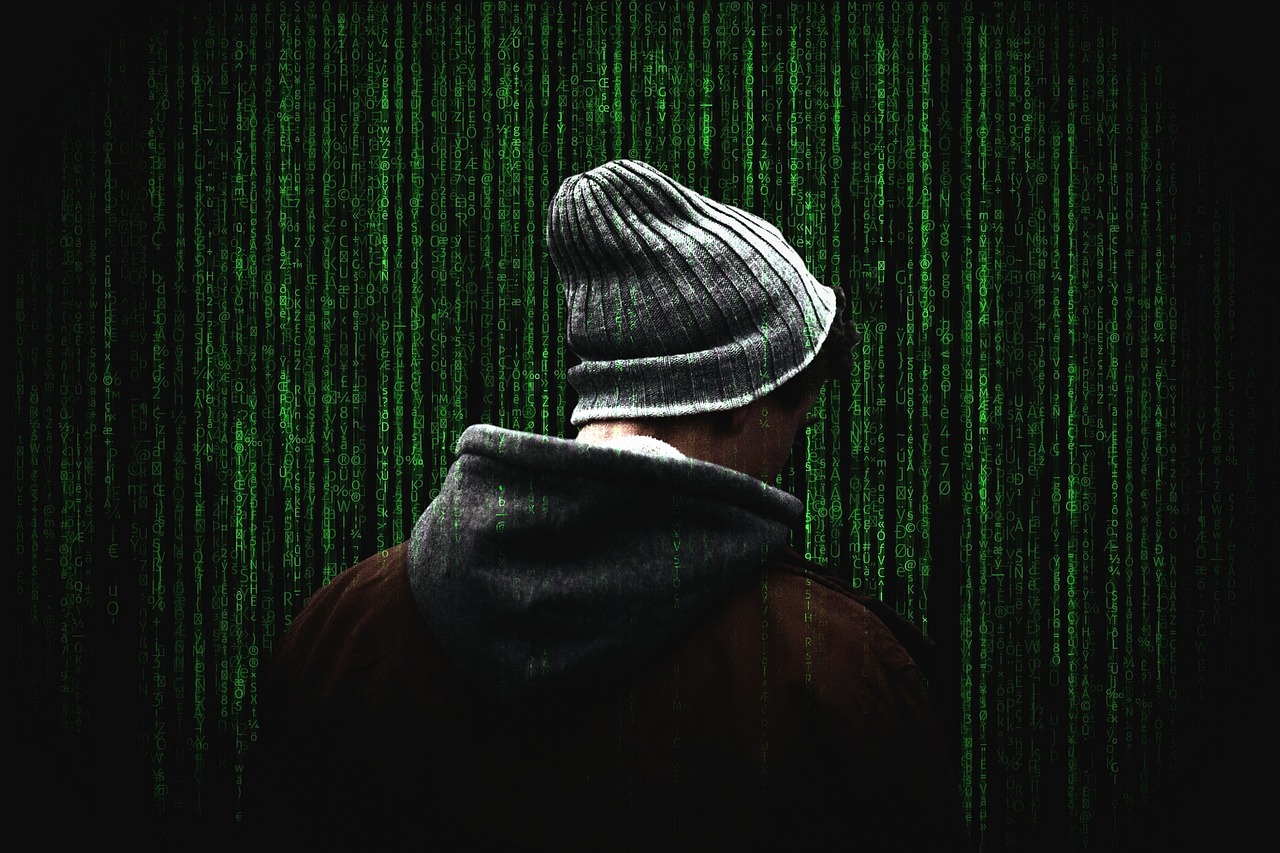
Ransomware Threats
In the ever-evolving landscape of the gaming industry, ransomware has emerged as a formidable adversary, posing significant risks to gaming companies and players alike. Essentially, ransomware is a type of malicious software that encrypts critical data, rendering it inaccessible until a ransom is paid. This scenario can be catastrophic for gaming companies, where vast amounts of sensitive data, including player information and game assets, are at stake. Imagine waking up to find that your favorite game studio has been hit by a ransomware attack, and all your hard-earned achievements are locked away behind a digital vault, with hackers demanding payment for their release. It's a nightmare that no player or developer wants to face.
The prevalence of ransomware attacks in the gaming sector has been on the rise, with cybercriminals increasingly targeting not just large corporations but also smaller indie developers. The reasons behind these attacks are manifold, ranging from financial gain to simply causing chaos in the gaming community. For instance, in 2021, a well-known gaming company fell victim to such an attack, leading to the exposure of sensitive player data and a significant loss of trust among its user base. This incident serves as a stark reminder of how vulnerable the gaming ecosystem can be.
To understand the impact of ransomware threats, it's essential to recognize the potential consequences. When a gaming company is attacked, the fallout can be severe:
- Data Loss: Critical game files and player data can be lost or compromised.
- Financial Costs: Companies may face hefty ransom demands, alongside the costs of recovery and legal fees.
- Reputation Damage: Trust is vital in the gaming community, and a ransomware attack can lead to a long-lasting negative perception.
Furthermore, the ripple effect of these attacks can extend beyond the company itself, affecting players who may lose access to their accounts or, worse, have their personal information exposed. This breach of trust can lead to a decline in player engagement and loyalty, as gamers become wary of potential threats. The emotional toll on players, who invest time and resources into their gaming experiences, cannot be understated.
To combat the growing threat of ransomware, gaming companies must adopt a multi-faceted approach to cybersecurity. This includes regular data backups, employee training on recognizing phishing attempts (a common method for ransomware delivery), and implementing robust security protocols. Additionally, companies should consider investing in cybersecurity insurance to help mitigate financial losses in the event of an attack.
As players, it’s also crucial to stay informed and vigilant. By understanding the risks associated with ransomware, gamers can take proactive steps to protect their accounts and personal information. Simple measures, such as using strong, unique passwords and enabling two-factor authentication, can significantly enhance security.
In conclusion, ransomware threats represent a serious challenge for the gaming industry. As technology advances, so too do the tactics employed by cybercriminals. By remaining aware of these threats and taking appropriate measures, both developers and players can work together to create a safer gaming environment.
Q: What is ransomware?
A: Ransomware is a type of malicious software that encrypts files on a victim's computer, making them inaccessible until a ransom is paid to the attacker.
Q: How can gaming companies protect themselves from ransomware?
A: Companies can protect themselves by implementing strong cybersecurity measures, conducting regular data backups, and training employees to recognize phishing scams.
Q: What should players do if they suspect their account has been compromised?
A: Players should immediately change their passwords, enable two-factor authentication, and contact customer support for assistance.
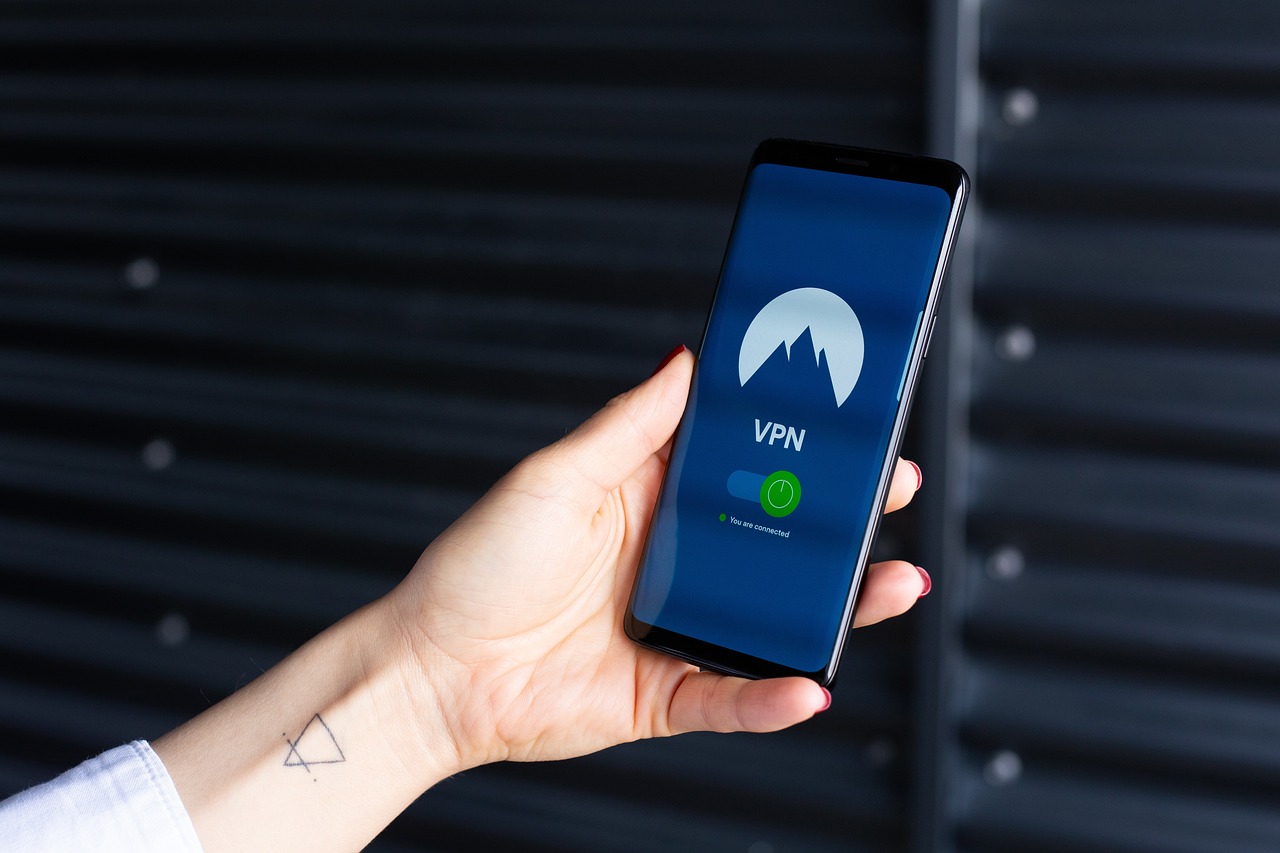
Account Takeovers
Account takeovers are a growing concern in the gaming industry, where hackers gain unauthorized access to player accounts, often leading to the theft of valuable virtual assets. Imagine investing countless hours leveling up your character, only to find that someone else has taken control of your account and sold your hard-earned items for a quick profit. It’s not just frustrating; it’s a violation of trust that can leave players feeling helpless. The reality is that these breaches can happen to anyone, and understanding how they occur is the first step toward safeguarding your gaming experience.
Hackers typically employ various methods to execute account takeovers, including phishing attacks, social engineering, and exploiting weak passwords. For instance, a player might receive a seemingly innocent email claiming to be from their favorite game, asking them to verify their account details. If they fall for the trap, their login credentials could end up in the hands of cybercriminals. This is why it's crucial for gamers to remain vigilant and educated about these risks.
To better understand the scope of this issue, let’s take a look at some common indicators of account takeover:
- Unrecognized login attempts from unusual locations.
- Changes in account settings that you didn’t initiate.
- Unexpected emails regarding password resets or account changes.
- Missing virtual assets or in-game currency that you didn’t spend.
If you notice any of these signs, it’s essential to act quickly. Change your password immediately and consider contacting customer support for your gaming platform. Remember, the sooner you address the issue, the better your chances of recovering your account and minimizing the damage.
So, how can you protect your account from these malicious attacks? The answer lies in adopting strong preventative measures. One of the most effective ways to secure your account is by using complex passwords that are difficult for hackers to guess. A password that combines letters, numbers, and special characters is much more secure than a simple one. Additionally, enabling two-factor authentication (2FA) adds an extra layer of security by requiring a second form of verification, such as a code sent to your phone, before granting access to your account.
In conclusion, account takeovers pose a significant threat to gamers, but with the right knowledge and preventive strategies, players can protect themselves and their virtual assets. Always be cautious about sharing personal information, recognize the signs of unauthorized access, and implement strong security measures to keep your gaming experience safe and enjoyable.
Q: What should I do if I suspect my account has been taken over?
A: If you suspect your account has been compromised, change your password immediately and enable two-factor authentication. Contact the customer support team of your gaming platform for assistance in recovering your account.
Q: How can I create a strong password?
A: A strong password should be at least 12 characters long and include a mix of uppercase and lowercase letters, numbers, and special characters. Avoid using easily guessable information like birthdays or common words.
Q: Is two-factor authentication really necessary?
A: Yes! Two-factor authentication significantly enhances your account security by requiring an additional verification step, making it much harder for hackers to gain access even if they have your password.

Indicators of Account Takeover
When it comes to gaming, the thrill of leveling up and conquering new challenges can quickly turn into a nightmare if your account is compromised. Recognizing the indicators of an account takeover is crucial for safeguarding your virtual assets and personal information. So, what should you look out for?
First and foremost, if you notice unusual activity on your account, such as unfamiliar logins or unexpected changes to your profile, it’s a strong signal that something isn’t right. For example, if you log in and see that your character has been leveled up without your knowledge or items have mysteriously vanished, it's time to take action. Additionally, pay attention to any emails or notifications regarding password changes or account settings that you did not initiate. These can often be signs that a hacker is trying to take control of your account.
Another common indicator is receiving alerts from your gaming platform about failed login attempts. If you get notifications about multiple unsuccessful login attempts from different locations, it’s a red flag that someone else is trying to access your account. In such cases, it’s essential to act quickly. Here are some other signs to keep an eye on:
- Sudden changes in your friend list, such as new friends or removals you didn’t make.
- Unexplained purchases or transactions that you didn’t authorize.
- Inability to log in to your account despite using the correct credentials.
If you experience any of these symptoms, it’s critical to take immediate action to secure your account. Change your password right away and consider enabling two-factor authentication if it’s not already activated. This adds an extra layer of security, making it harder for unauthorized users to gain access.
In summary, staying vigilant and recognizing the indicators of an account takeover can save you from potential chaos in your gaming experience. If you suspect that your account has been compromised, don’t hesitate to reach out to your game’s support team for assistance. They can help you recover your account and protect your valuable assets.
Q: What should I do if I suspect my account has been taken over?
A: Immediately change your password and enable two-factor authentication. Contact the game’s support team for further assistance.
Q: How can I prevent account takeovers?
A: Use strong, unique passwords for your accounts, enable two-factor authentication, and be cautious of phishing attempts.
Q: Are there any signs that indicate my account is secure?
A: Regularly monitor your account activity, keep your software updated, and change your passwords periodically to enhance security.

Preventative Measures
In the ever-evolving landscape of the gaming industry, safeguarding your account against potential threats is paramount. Players often underestimate the importance of strong passwords and the role they play in securing their accounts. A strong password should ideally consist of a mix of uppercase and lowercase letters, numbers, and special characters. Think of your password as a fortress; the more complex and varied the materials used in its construction, the harder it is for intruders to breach. To give you an idea, here’s a simple comparison:
| Password Strength | Characteristics |
|---|---|
| Weak | Common words, simple patterns (e.g., "password123") |
| Moderate | Combination of letters and numbers (e.g., "Gamer2023") |
| Strong | Mix of letters, numbers, and symbols (e.g., "G@m3r!2023$") |
Another crucial step in fortifying your gaming account is enabling two-factor authentication (2FA). This additional layer of security acts like a double lock on your door. Even if someone manages to get hold of your password, they would still need access to your secondary verification method, which could be a text message or an authentication app. Implementing 2FA can significantly reduce the risk of account takeovers.
Additionally, be vigilant about the emails and messages you receive. Phishing scams are rampant in the gaming community, with attackers masquerading as legitimate game developers or support teams. Always verify the sender's email address and never click on suspicious links. If something feels off, trust your instincts and report it. Remember, it’s better to be safe than sorry.
Regularly monitoring your account for any unusual activity is another effective preventative measure. Just as you would check your bank statements for unauthorized transactions, keep an eye on your gaming accounts. If you notice any unfamiliar purchases or changes to your profile, act swiftly to secure your account. Change your password immediately and notify the game’s support team.
Lastly, consider using a password manager. These tools can help you generate and store complex passwords securely, eliminating the hassle of remembering them all. Think of it as having a personal assistant who keeps your secrets safe and sound, allowing you to focus on what really matters: enjoying your gaming experience.
By taking these preventative measures seriously, you can significantly enhance your account security and enjoy a safer gaming experience. Remember, the digital world can be a treacherous place, but with the right tools and knowledge, you can navigate it confidently.
- What is two-factor authentication? Two-factor authentication (2FA) is a security process that requires two different forms of identification to access an account, adding an extra layer of protection.
- How often should I change my password? It’s advisable to change your passwords every three to six months or immediately if you suspect any unauthorized access.
- Can I recover my account if it gets hacked? Yes, most gaming platforms have recovery options. However, having strong security measures in place can prevent hacking in the first place.
Frequently Asked Questions
-
What are phishing attacks and how do they affect gamers?
Phishing attacks are deceptive tactics used by cybercriminals to trick gamers into revealing personal information, such as passwords or credit card details. These attacks often come in the form of fake emails or messages that appear legitimate. If a gamer falls for these scams, they risk losing access to their accounts and sensitive data, which can lead to significant financial losses and identity theft.
-
How do DDoS attacks impact gaming servers?
DDoS (Distributed Denial of Service) attacks flood gaming servers with an overwhelming amount of traffic, causing disruptions in gameplay. This can lead to lag, crashes, or even complete server shutdowns, frustrating players and diminishing their gaming experience. It's like trying to enjoy a concert while a crowd of people pushes you out of the way!
-
What motivates hackers to carry out DDoS attacks?
Hackers may carry out DDoS attacks for various reasons, including seeking a competitive advantage in gaming or extorting money from developers. Understanding these motivations helps players and developers recognize potential threats and prepare accordingly.
-
What can gamers do to protect their accounts from takeovers?
To protect their accounts from takeovers, gamers should adopt strong, unique passwords and enable two-factor authentication. These measures significantly reduce the risk of unauthorized access and help keep virtual assets safe from cybercriminals.
-
What are the signs of an account takeover?
Common indicators of an account takeover include unexpected password changes, unfamiliar login locations, or unauthorized transactions. If you notice any of these signs, it's crucial to act quickly to secure your account and prevent further damage.
-
How prevalent is ransomware in the gaming industry?
Ransomware is becoming increasingly prevalent in the gaming industry, posing significant risks to companies by encrypting critical data and demanding payment for its release. This can disrupt operations and lead to substantial financial losses.



















